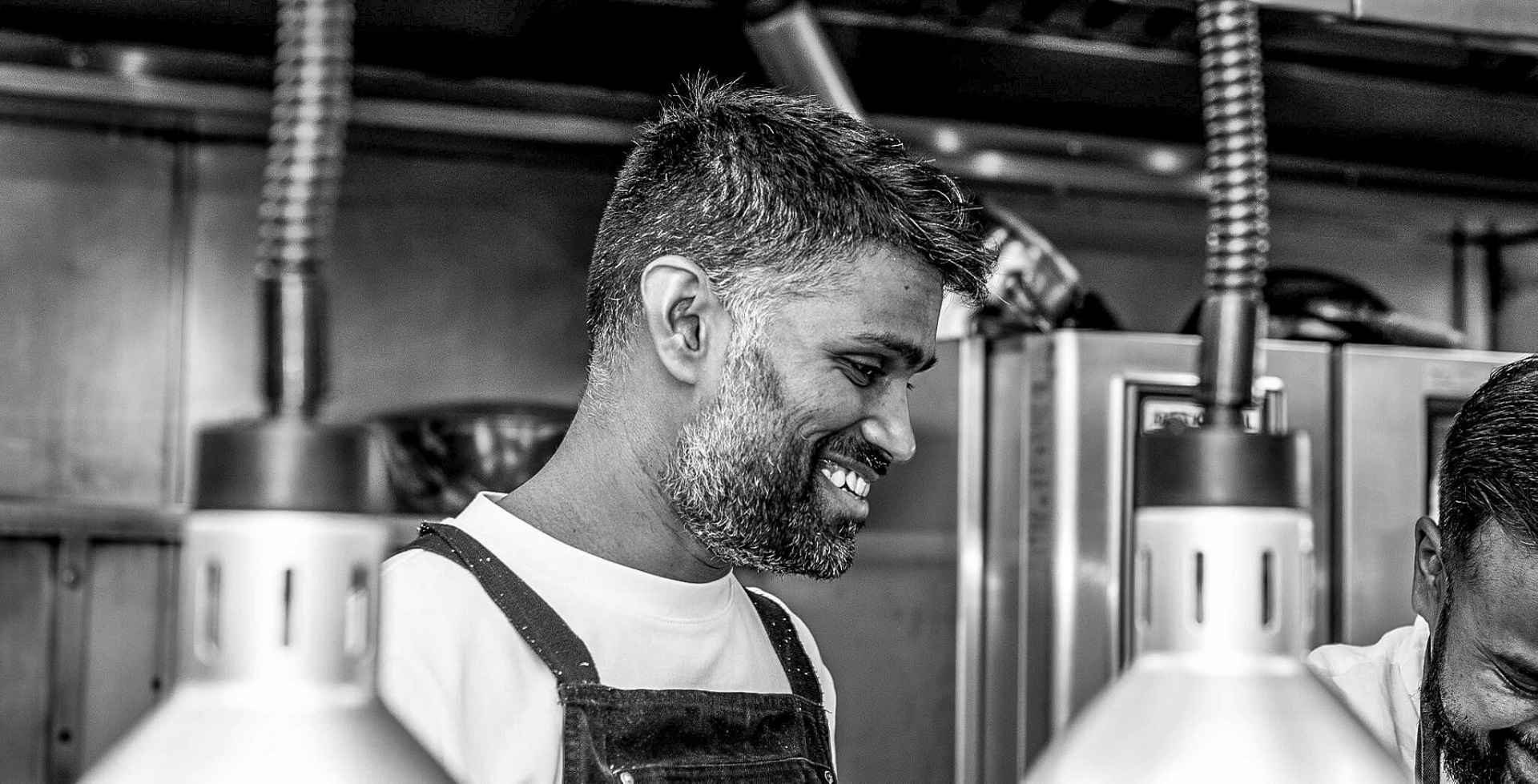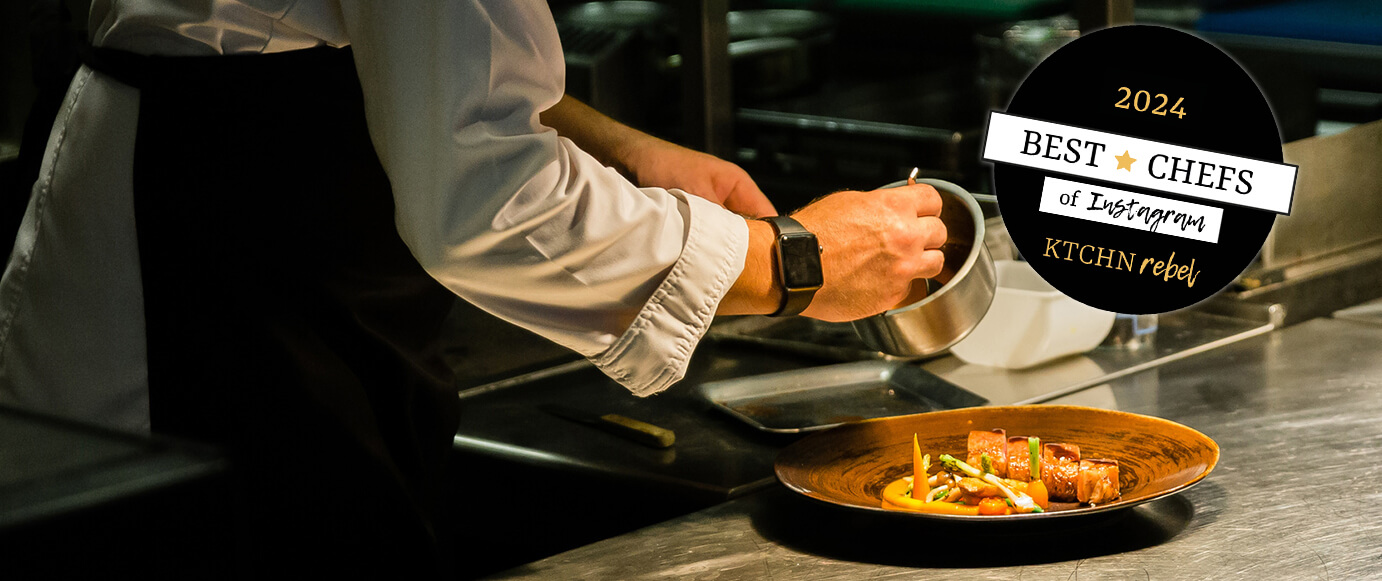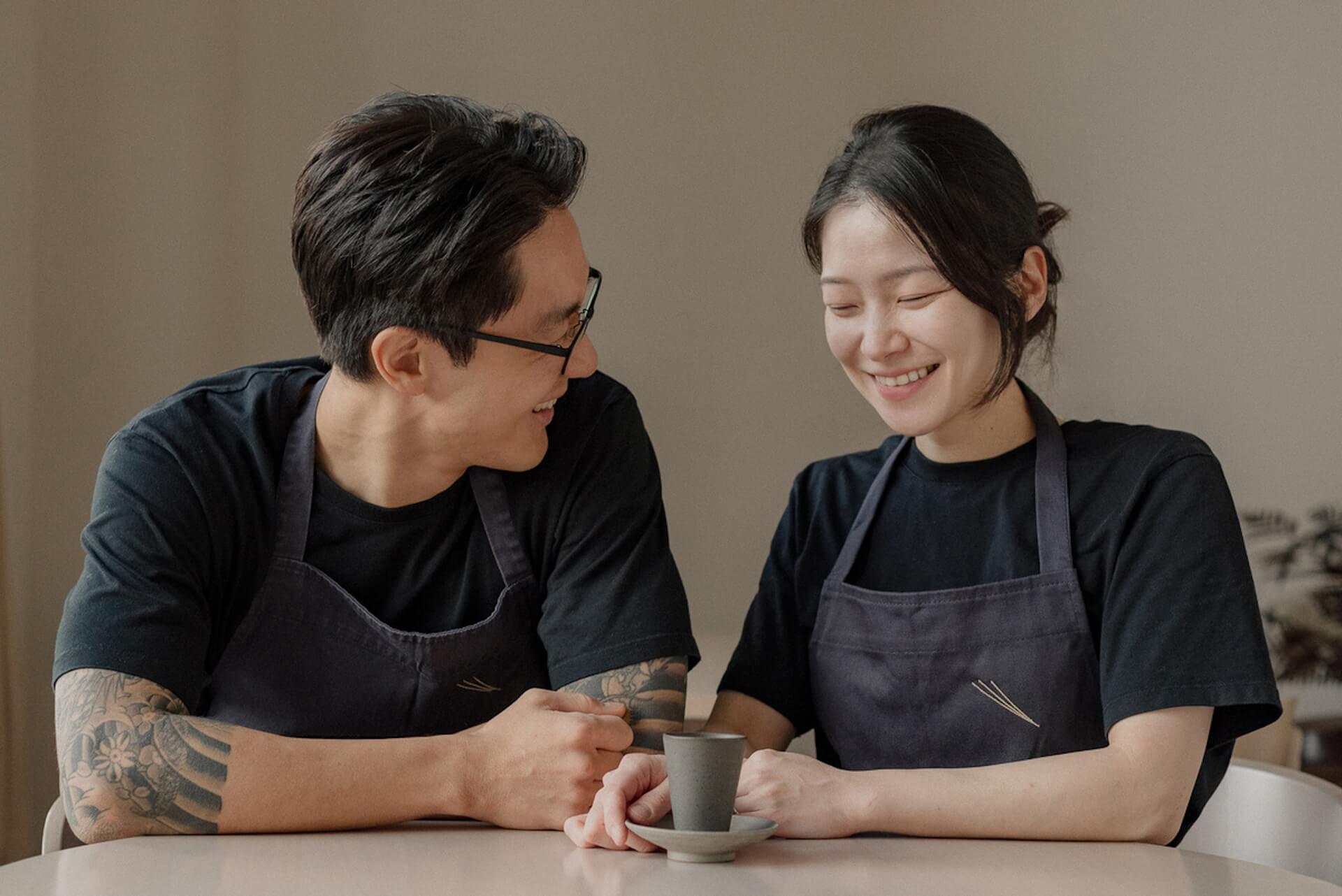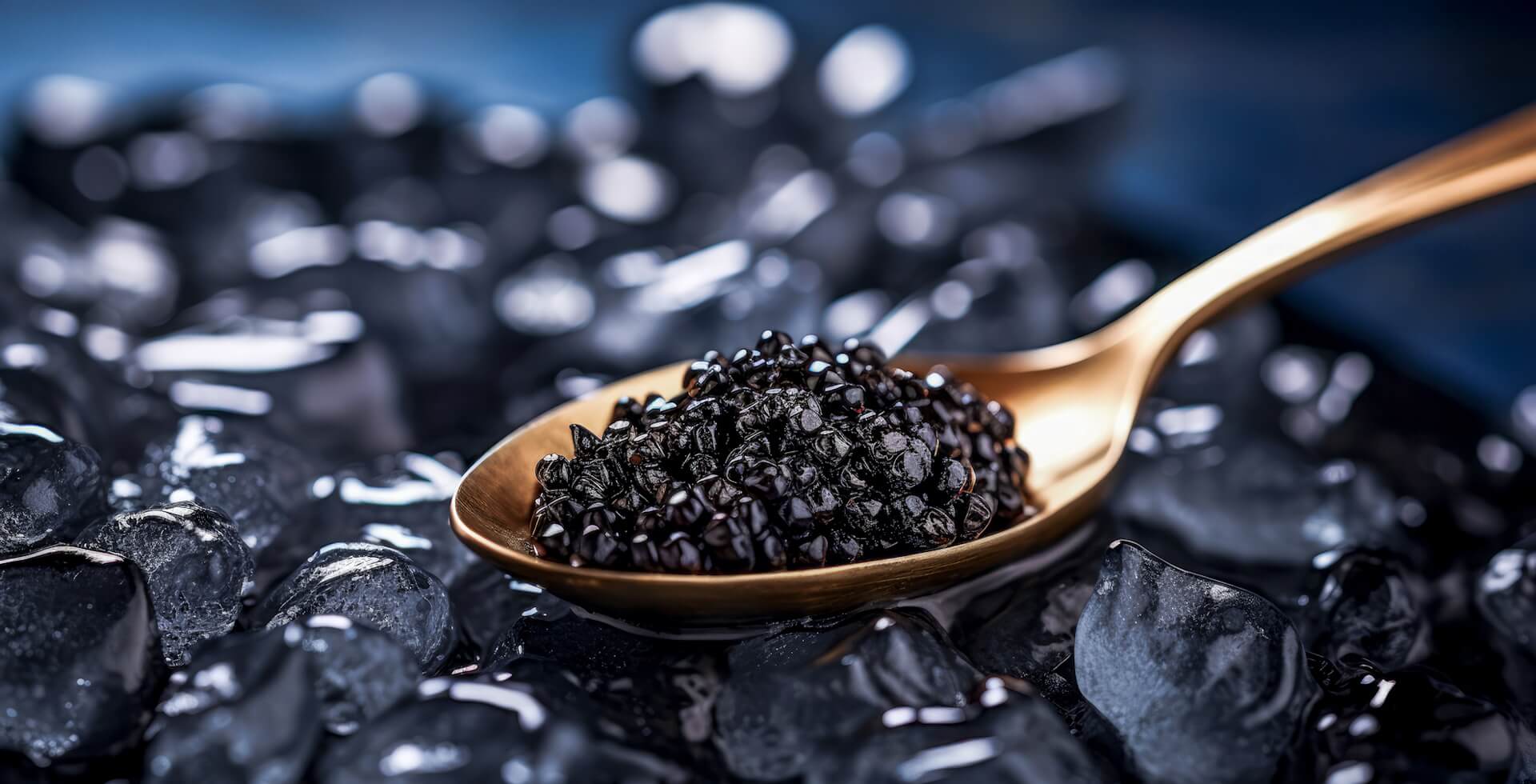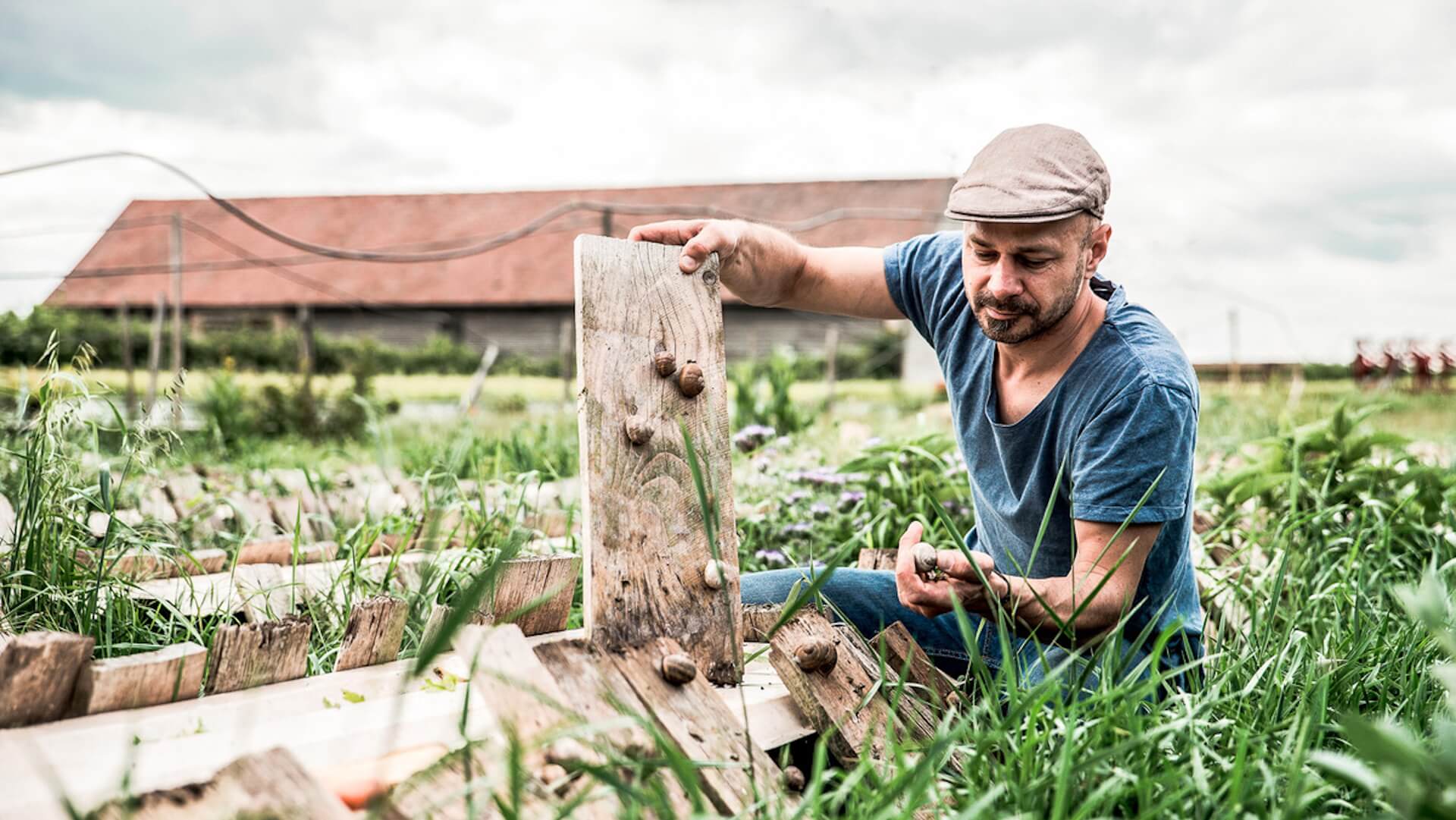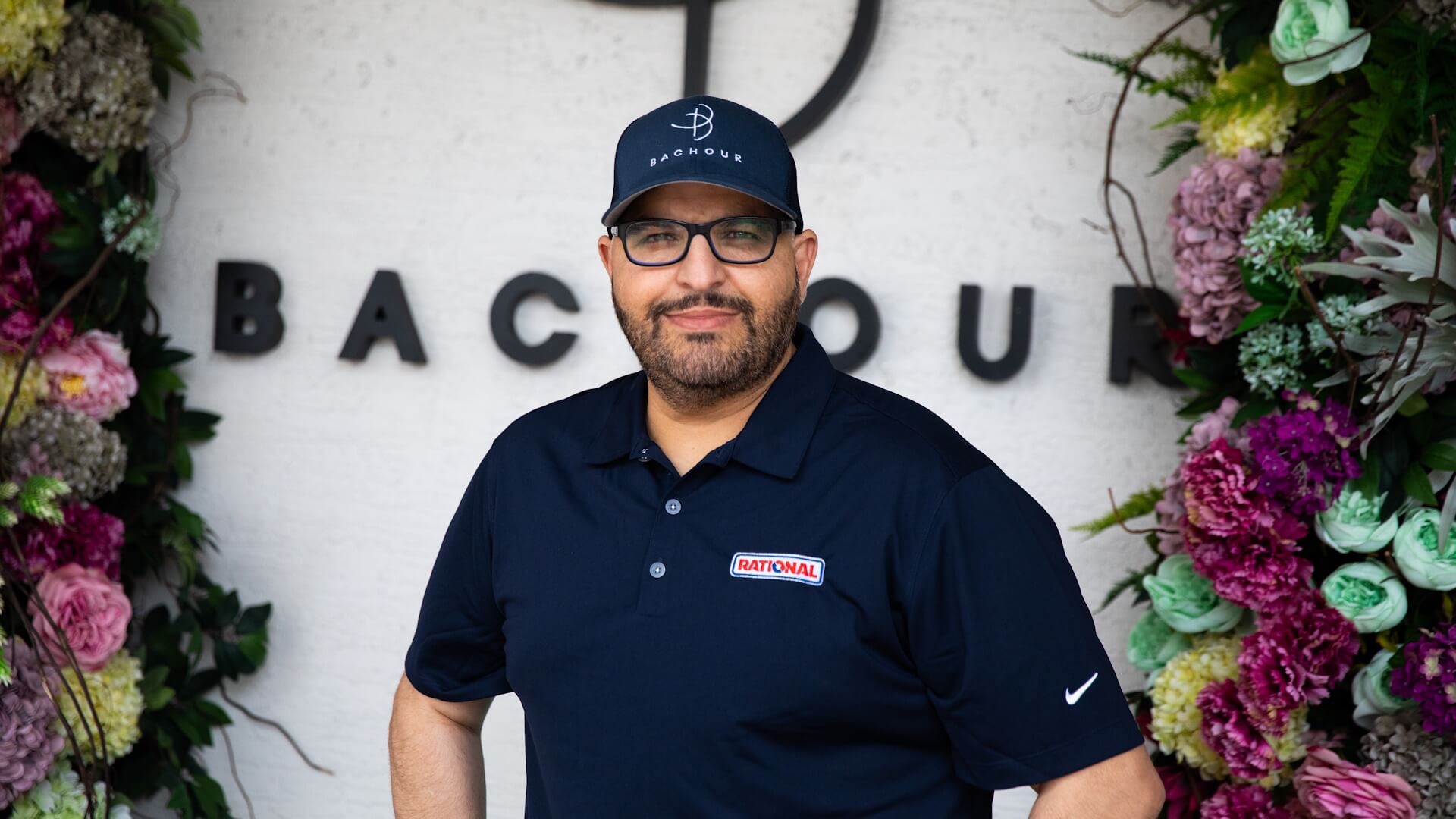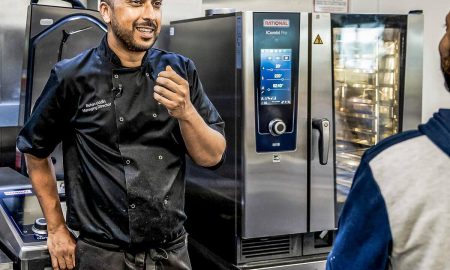Dom Fernando is a man of contradictions. Just like his restaurant Paradise in London’s trendy Soho district. Is Paradise a traditional Sri Lankan restaurant? Yes and no. Is it a fine-dining Sri-Lankan restaurant? Yes and no. But as for Dom Fernando himself, he’s a chef and restaurateur through and through – isn’t he? Yes and no.
So far, not so clear. One thing’s for sure: Europeans have probably never experienced the colorful aromas of curries, dahls and naans in such an ambience. Concrete everywhere, with more gray concrete on top. No frills, anyway. The color of the square lamps and tables: black, just like the floor.
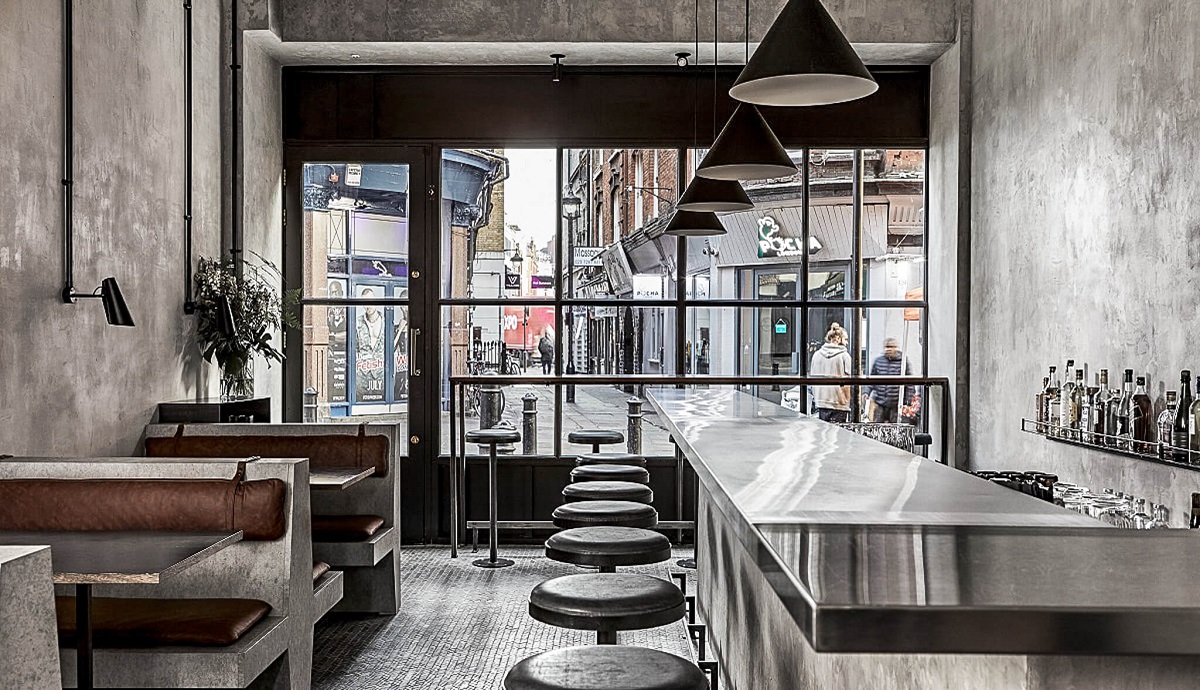
Image: Paradise
But what may seem bleak at first glance is what experts call “Tropical Brutalism.” This is an architectural style, which enjoyed its triumphant advance in the middle of the 20th century – and in tropical countries such as Brazil, Hawaii, or even Sri Lanka developed its own unique expression. Dom Fernando now plays with this esthetic heritage in his restaurant Paradise. And very, very successfully. His restaurant has become one of England’s hottest addresses.
Opened at the end of 2019, people from all corners of the pre-coronavirus world lined up outside Fernando’s restaurant. Times are more difficult today, sure. But getting a seat at Paradise is still no piece of cake – which is also due to a new coup. High time, then, to take a closer look at this man and his bold undertaking. Who is he, this Dom Fernando? What makes his restaurant so successful? And why do we all know so little about Sri Lankan food?
Dom Fernando: From accountant to globetrotter
Fernando’s parents came from Sri Lanka to London in the 1970s. Born in the early 1980s, the young Dom enjoyed a sheltered, urban childhood in this vibrant mega-metropolis. “My parents and relatives often took me to restaurants,” he recalls. “At family gatherings we always had big cookouts and talked mostly about food during the meal. Just the way it is in Sri Lanka.”
Sieh dir diesen Beitrag auf Instagram an
All of this puts Dom Fernando into perspective immediately, but it has nothing to do with his later decision to open a restaurant. Rather, his passion for the hospitality industry came from a part-time job at a hotel reception in Chelsea when he was 16. “That’s where I realized how much I’m fascinated by everything related to hospitality. But to pursue a career in this industry was something I didn’t dare to dream of at the time.” Why was this the case? Fernando’s father was an accountant, a deeply talented and passionate one. “And since children of Sri Lankan parents always do what their parents want, I became an accountant.”
He studied accounting in Edinburgh and then worked for a large accounting firm in London. Hotel chains such as Intercontinental Hotels were also major customers of this company. “Although I didn’t enjoy the bookkeeping in itself, I found it a great pleasure to work with customers from the tourism sector,” Fernando recalls. “That was also the reason why I decided to switch to the hospitality industry at the right time. Lucky for me.”
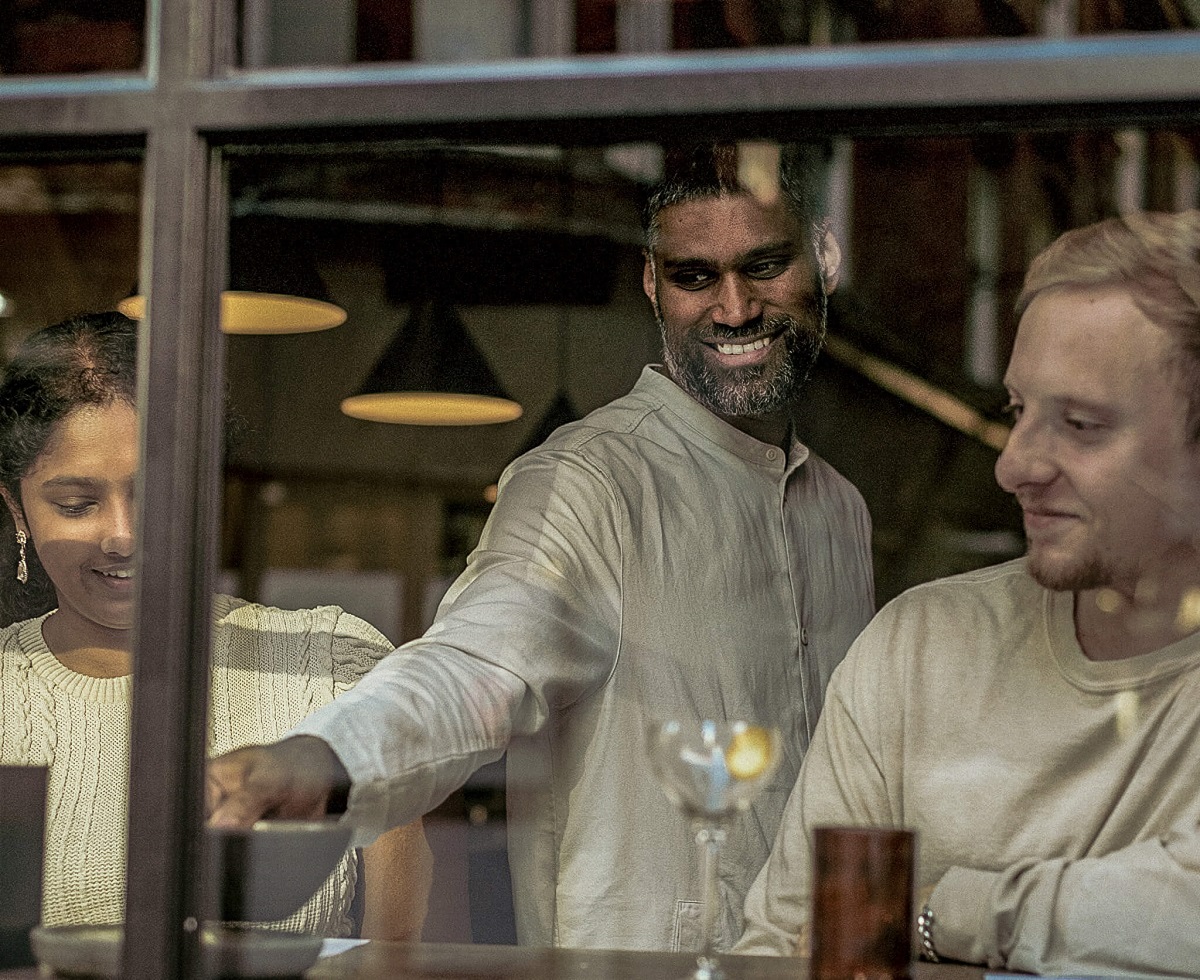
Image: Rebecca Dickson
London as the nucleus of Sri Lankan restaurants
For several years, he then worked around the world for Intercontinental hotels, primarily in the Middle East and Asia. “Admittedly, these were all desk jobs in a managerial capacity,” Fernando says. “But it was exactly during this time that I discovered the magic of gastronomy. For me, it became increasingly clear: When I returned to London, I would open a restaurant.” But what kind exactly? The globetrotting desk jockey didn’t know the answer until he arrived back in London.
In the meantime, the British capital had changed significantly – especially when it came to gastronomy. “In the past,” Fernando explains, “you could only find Sri Lankan restaurants on the outskirts of the city, in neighborhoods like Harrow or Wembley. Now, suddenly, these kinds of restaurants had popped up in the middle of the city. Unlike those on the outskirts of town, however, these were not small, family-run restaurants, but rather fairly large-scale ones that had far more than just ten employees.” Fernando knew that a trend was emerging here that was closely related to himself. Now it was time to strike – and seize the opportunity.
Welcome to Paradise restaurant
“I wanted to make something that was free of clichés and authentic, but at the same time creatively rethinking Sri Lankan cuisine,” Fernando says. To put this creativity at the center, Fernando chose the cool, pared-down design of Tropical Brutalism. “During my holidays as a child and also later stays in Sri Lanka, I was always impressed by this architecture, which somehow also symbolizes urban restaurants in Sri Lankan cities,” he explains.
Sieh dir diesen Beitrag auf Instagram an
In the midst of these clear lines, the dishes become even more prominent as the main players in the restaurant. The meat comes from small organic farms, the fish is caught in the cool seas of English harbor towns and spices – many of which are difficult to get in England, let alone in Europe – come from producers in Sri Lanka, who Fernando and his head chef and the entire team regularly visit on site.
For example, the hand-picked saithe from the idyllic harbor town of Newlyn near Cornwall, served raw with coconut and calamond orange, pomelo and trout rye. Or the chopped chicken, seared, with a wide variety of dark earthy spices from Sri Lanka, fresh green peppercorns and an espuma of citrus leaves.
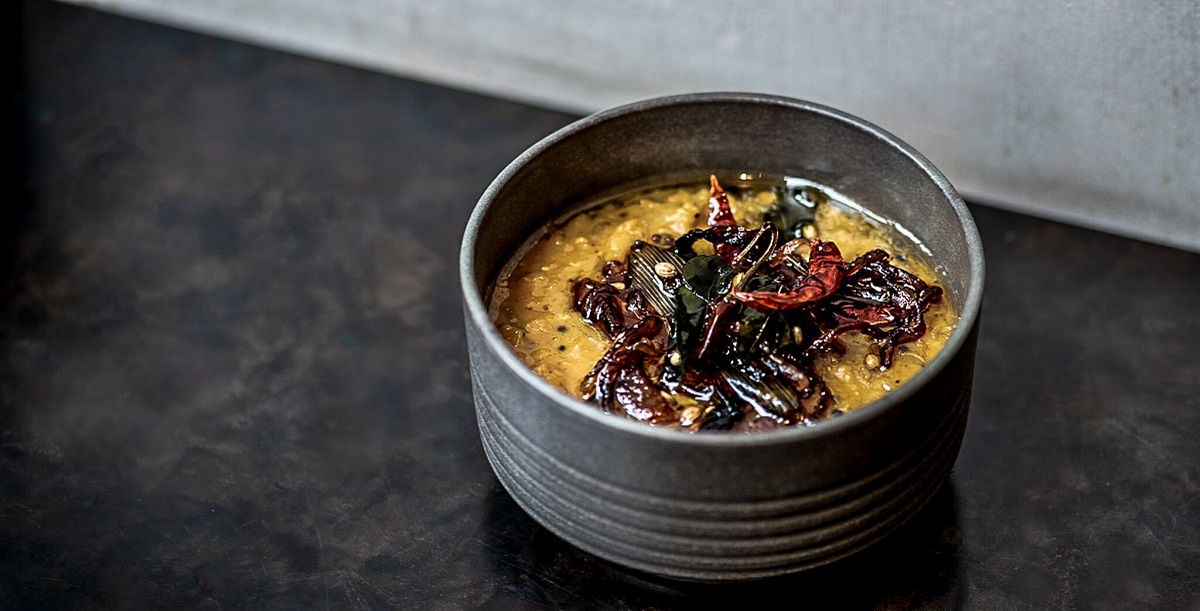
Image: Rebecca Dickson
Dishes like these were what drew hungry journalists a few weeks after the opening. Their praise in England’s biggest newspapers clinched the breakthrough for Paradise just before the first Corona lockdown. Today, the Michelin Guide recommends Paradise in the Bib Gourmand section, which is still a rarity for a restaurant with Sri Lankan food.
“Thankfully, we didn’t completely drop the ball during the pandemic,” says Fernando. We are always seeking to improve and think one step ahead. In March, we therefore began turning the restaurant into a cocktail bar with snacks after 10 p.m. And that’s because our tropical cocktails made with unique products have delighted an increasing number of guests, including as a food pairing alternative to wine. In fact, we’ve discovered our cocktails simply pair so much better with spicy food than most wines!”
Sieh dir diesen Beitrag auf Instagram an
Dom Fernando – a man of contradictions? After an evening at Paradise restaurant, you can’t help but rethink your first impression. After all, there are actually no contradictions here at all. Although all details may seem contradictory at first glance, they are all well thought-out and coordinated. But this is only understood by those who take a seat in the midst of these rough concrete walls – and are persuaded otherwise by food and drink.


